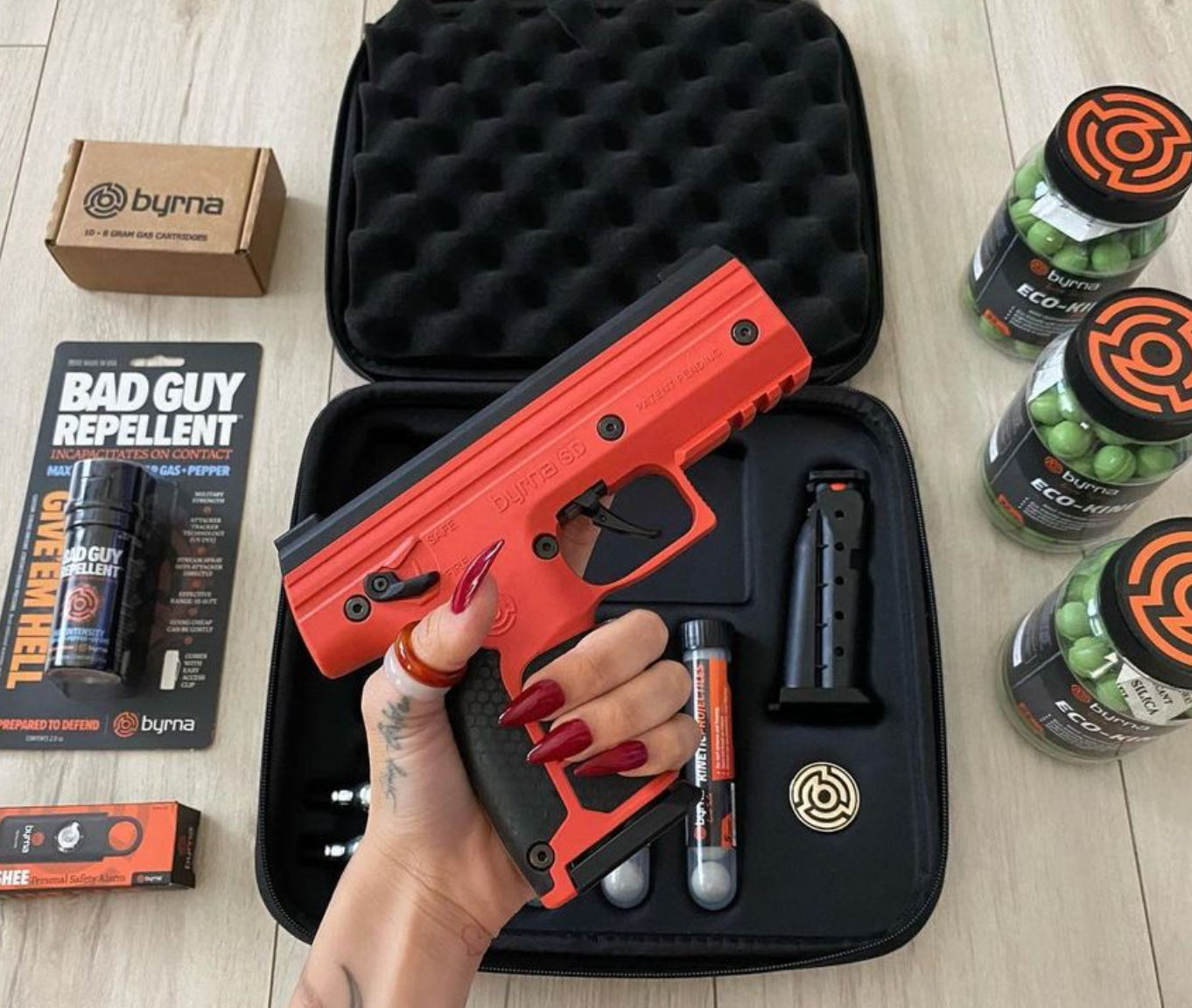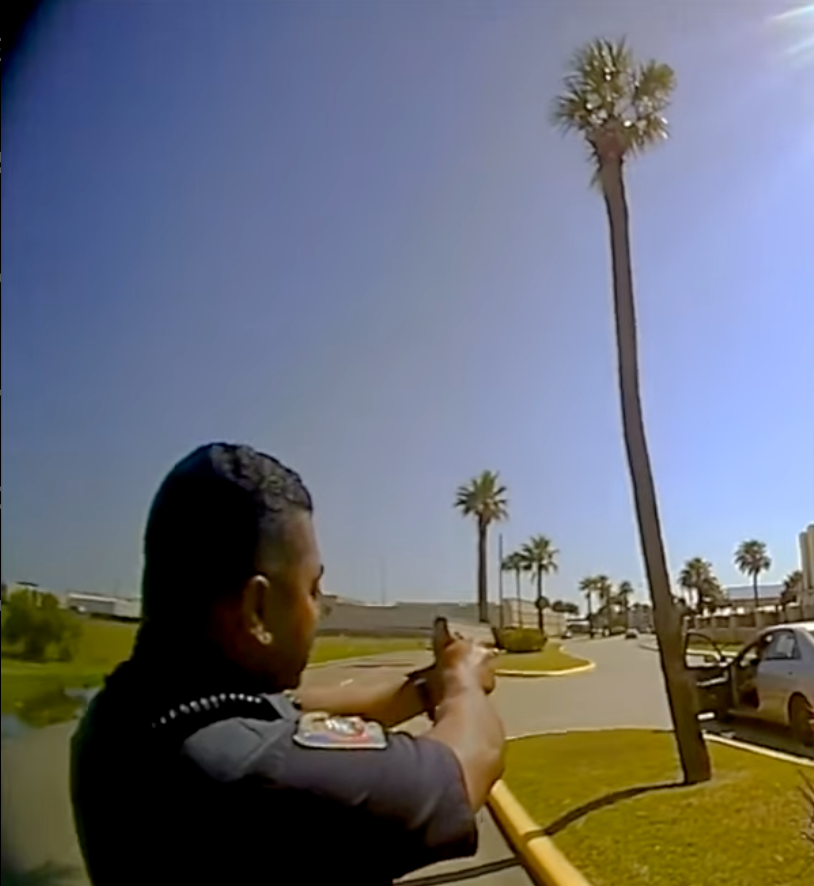
Canada's community safety changes dramatically depending on where you look. Like any country, you'll find some very safe places and areas where you might want to watch your back a little more. Some locations are at their best with low crime rates. Other neighborhoods need more attention from the police!
You've probably heard about natural disasters, too - they play a big part in how safe different parts of Canada are. Mother Nature throws different challenges at different regions (forest fires might threaten your home out west), while eastern areas manage flooding during a few times of the year.
Canadian communities have stepped up their game with neighborhood watch programs and local police partnerships. These neighborhoods look welcoming because people look after each other and they work together to keep their streets safe! You can see the change when you walk around these areas. People are out and about - kids play in the parks and neighbors actually talk to each other.
Take Vancouver's west side versus its east side. They tell different stories when it comes to safety. Some cities pour tons of resources into public safety, while others struggle to keep up with basic security needs. You'll see more police presence in certain areas, better street lighting, and community programs that deliver results.
When you find these patterns, it shows what's happening in different parts of Canada. Smart cities have found ways to bring crime down and keep people safe through creative community programs. They're the ones other cities try to copy because what they're doing gets results!
Let's talk about this some more!
Table of Contents
What's Unique About Canada's Safest Cities?
A few things that matter shape the safety levels across Canadian regions. You'll find that crime statistics, response times and community programs work together to tell the real story of each area's safety!
Police departments across Canada feed their crime data into the Uniform Crime Reporting Survey. They track everything from small infractions to serious crimes. The Crime Severity Index spells out which areas face harder challenges. In the Northwest Territories and Nunavut, crime tends to be more serious and regular.
On the other end, you can find communities like Oak Bay and Blainville that have much lower crime rates - this makes them some of Canada's most protected locations!
When you look at the emergency response times, it can give you another clear part of the picture. Take Prince Edward Island and Quebec - their quick-acting police and emergency teams help keep crime down. These areas show how smart policing and fast replies keep communities safer.

Your neighborhood's resources play a big part, too. Prince Edward Island's tight-knit communities show how strong social bonds keep crime in check. Quebec and Ontario pour money into social programs that succeed. In rural areas, you'll run into different challenges. Fewer cops on the beat usually mean more crime.
That's why programs like the Saskatchewan Crime Watch Advisory Network are stepping up to tackle these problems head-on.
These patterns help shape improved communities. Careful planning and the right programs can change neighborhoods. Remember though - Canada's big size means safety looks different everywhere you go. Rural and Indigenous areas usually face bigger hurdles because of limited resources and tricky social problems.
Stack Canada up against other countries, and you'll see that it's thriving (ranking 11th safest globally). The murder rate here sits way below the U.S. - this proves that Canada's strategy for safety works, even though some regions need extra attention and services.
The Safest Places to Live in Canada
You'll find a few Canadian cities that are the best at keeping their neighborhoods safe and peaceful. Let's take a look at some wonderful locations where you can feel protected walking down the streets!
Start with Toronto - it's a good example of urban safety. The numbers can tell the story - you'll see only 287 crimes per 100,000 people who are living there. Break-ins are rare, and you won't see much arson or drunk driving either! The police stay right on top of their duties - the locals pitch in to keep their communities protected.

Move over to Durham Region, and you'll find even more great stats among the big Canadian cities. You can thank their Community Safety and Health Plan for that success. You'll love looking at the parks and green spaces where neighbors actually know each other.
Quebec City can give you that beautiful European feel while keeping you safe with a CSI of 44.8. The police work closely with the residents here. Speaking of peaceful areas, Oak Bay in BC scores 27.5 on the CSI. You'll find exceptional neighborhoods for raising kids or enjoying retirement.
Head to Blainville, Quebec, and you'll see why families love it here - with a CSI of just 28.3. The city puts lots of energy into fun activities and keeping everyone protected. LaSalle can give you that same peaceful feeling (scoring 35.7) with beautiful parks where you can get to know your neighbors.
Burlington keeps the area calm with a 40.9 CSI. It mixes city life with lots of green spaces. You receive the benefits of being near Toronto without the big-city problems! Finally, check out Levis - it keeps a 41.6 CSI. It mixes modern living with historic beauty - supported by reliable police work.
Where Are Canada's Least Safe Areas?
You should know the cold, hard truth about the safety across Canada's different regions! The numbers can tell a pretty clear story - take a look at Nunavut; the crime rates hit a whopping 34,948 incidents per 100,000 people in 2017.
The Northwest Territories and Yukon aren't doing much better recently - your chances of running into some trouble are way higher up there, with crime scores of 436.8 and 207.6. Just like Nunavut, these locations struggle with stretched-thin police forces and community problems.
When you move down south to the provinces, you'll want to watch your back in Manitoba and Saskatchewan. Manitoba tops the charts for violent incidents like sexual assault, robbery, and murder. Saskatchewan leads in regular assaults. Look at Winnipeg's North End - it has grown pretty rough because the area just doesn't have the funding or resources it needs. Over in Alberta, locations like Calgary and Edmonton saw crime jump up 18% back in 2015 when the economy tanked and people lost their jobs. You'll mostly see more car thefts and break-ins there.

You might want to think twice about Toronto neighborhoods, too. Areas like Jane and Finch, Weston and Rexdale handle more than their fair share of crime. The same goes for parts of Montreal (especially Montreal-Nord and Rivière-des-Prairies). Thunder Bay is another troubled place. They have serious violent crimes because of financial and social problems.
Let's take a look at why this happens. Poor neighborhoods with high unemployment experience more crime - that's just how it goes. When people can't get an education, afford a place to live, or see a doctor, situations can spiral pretty quickly. Drug problems and untreated mental health problems create a recipe for trouble.
Location plays a role as well. Big cities have their own challenges with crime. But so do those remote areas way up north. When the economy takes a hit - like what happened in Alberta in 2015 - people get desperate and petty crime goes up.
Want some improvements? Put more money into mental health services and thoughtful city planning! Start programs that help young offenders get back on track instead of letting them fall deeper into trouble. Get more cops on the street and set up neighborhood watch programs. Saskatchewan's already doing this with their Crime Watch Advisory Network, and it's starting to help.
The Role of Community in Safety
Strong neighborhoods create safer communities in Canada. You can make a real change in your local area's safety by getting involved with community programs and activities! When you take a look at cities across Canada, neighborhoods with active residents are likely to have lower crime rates and better quality of life.
Take Barrie, Ontario, and Saint John's, Newfoundland, as prime examples - these cities grow because people like you step up and work with the local police! The results speak for themselves - these locations rank with Canada's safest cities year after year.
Real success stories show just how much your involvement gets results. Look at what happened in Flint, Michigan with their Clean and Green Program - this neighborhood cleanup initiative cut violent crimes by 40% in just five years. Cities like Newark and Dallas saw positive results when they put community members in charge of safety programs. Southeast Dallas watched their crime rate drop by 23% thanks to local leadership.

Oak Bay and Blainville are at their best as some of Canada's safest communities because residents stay active in local programs. You can find community events, sports leagues, and youth activities that keep people connected. Aurora and Burlington follow the same winning formula - get people involved and watch crime rates fall.
To involve more people takes careful planning. Start with community events that can bring everyone together. Team up with police officers and health workers who know your neighborhood best. Share your ideas at town halls or through online forums. Local groups lead the most useful safety initiatives because they can provide exactly what your community needs.
You'll likely face some roadblocks along the way. Every neighborhood has its own challenges (so standard services rarely work). Sometimes, it's hard to get people to show up and participate. Money could be tight - which forces you to get creative with resources and partnerships.
To build trust between residents and police takes time and effort. Yet the results prove worthwhile. Look at Quebec City and St. Catharines-Niagara - their community-based programs work. Halifax and Kingston show what happens when police and residents team up on prevention instead of just reaction. The Ottawa-Gatineau region proves that even across provincial borders, strong community partnerships keep neighborhoods safe.
Natural Disasters and Safety Concerns
Natural disasters pose some real threats across Canada and they vary by region and community. You'll find British Columbia dealing with earthquakes, wildfires and landslides - all thanks to its mountains and fault lines! Over in Alberta, you need to watch out for wildfires, floods (especially around Calgary) and the occasional tornado.
Quebec residents worry about their own set of challenges with ice storms, floods, and surprise tornadoes popping up! The Atlantic Provinces get hit hard with hurricanes and brutal winter storms - and then you'll see the Prairies battling tornadoes, floods, and massive thunderstorms that can pack a punch.
Smart communities face these dangers head-on with complete emergency plans. You'll want to know your evacuation routes, where to find emergency shelters and how you'll receive the latest updates. Early warning systems give you the time to get out of harm's way. Tough infrastructure makes a real change too - think buildings that can handle earthquakes and structures that won't fold under floodwaters.

Knowing about natural disaster dangers puts you in a better position to protect yourself and your family. Create your own emergency plan - map out escape routes from your home. Stock up on your emergency supplies. Join community drills - they'll help you respond faster when seconds count. Careful zoning keeps new buildings away from flood zones and other risky areas.
When you build with disaster-resistant materials, it can help give you an extra layer of protection. Your community grows stronger through local support networks and steady economic growth. Make sure you have insurance coverage - it's a lifesaver when disaster strikes! Think about the environment too - controlled burns keep wildfires in check, while restored wetlands help manage flooding. Better flood control systems, like well-maintained levees, protect entire neighborhoods.
Strong planning, tough buildings, community awareness, and working together are useful steps that protect you and your neighbors when nature strikes! Every precaution you take helps your community bounce back faster tomorrow.
The Right Balance for Safety in Canada
Safe communities in Canada appear to be exceptional, according to the data. Durham Region is one of the safest large urban areas with a great Crime Severity Index of just 44.1. You'll find Toronto fairly protected, too. The city logs only 286.9 crimes per 100,000 residents, which makes it a good choice for urban living. Your safety prospects look equally solid in Quebec City and Ottawa-Gatineau; crime rates stay low, and serious incidents rarely happen. Burlington and Saanich round out the safest locations - with CSI scores that put most other cities to shame!
Not every Canadian city tells the same rosy story, though. You'll want to watch your step in Lethbridge; crime rates can grow to 1,190 offenses per 100,000 people. Regina, Saskatoon, and Winnipeg wrestle with similar challenges - their high CSI scores paint a concerning picture of urban safety. Head up north to the territories, and you'll see even harder situations in Yukon, Nunavut, and Northwest Territories. Crime rates in these regions climb way above the national average.
The complete safety picture will need you to look past crime stats. Think about how active the community is, who lives there, what jobs are available and if people can afford their homes. Once you take a look at these things then you'll know which neighborhoods work best.

Cities keep pushing for better safety every day. You can now see changes happening as communities address new challenges head-on! Jump in and get involved - your neighborhood needs your eyes and ears.
Team up with your neighbors and local police. You'll be amazed at how much more protected everything can become when everyone pitches in together. Start small - learn your neighbors' names, join a community watch, or show up at town meetings. These small actions add up fast, and before you know it, you're part of the answer.
Remember - keeping a community safe never ends. Stay alert, stay involved, and keep working with others to protect your neighborhood.
Protect Yourself and Your Family
We want you to think about how involved your neighbors can be, how quickly the police respond when calls come in, and if there are any natural disaster risks in your area. All of these factors work together to show just how safe you can feel!
Take a look at neighborhoods that have gotten safer over time. Some cities have completely turned things around through neighborhood watch programs and smart policing. There's actually a lot to learn from these success stories; they prove that real change happens when communities come together.
Your personal safety drives every choice we make. That's why we think you should see what Byrna Canada offers.

We're the preferred company for less-lethal self-defense equipment in Canada. We sell everything from pistols and rifles to CO2 cartridges and emergency sirens. The best part? These products are made specifically for Canadians like you - there's no need for permits or background checks, and we'll ship them right to your door - wherever you are in Canada.
Protect yourself and your family by exploring what we have in store at Byrna Canada. You'll find our products reliable and easy to access! Just head over to Byrna.ca now to check out our full collection - we even offer free shipping on all launcher orders. You deserve to feel safe and confident no matter where you are!




